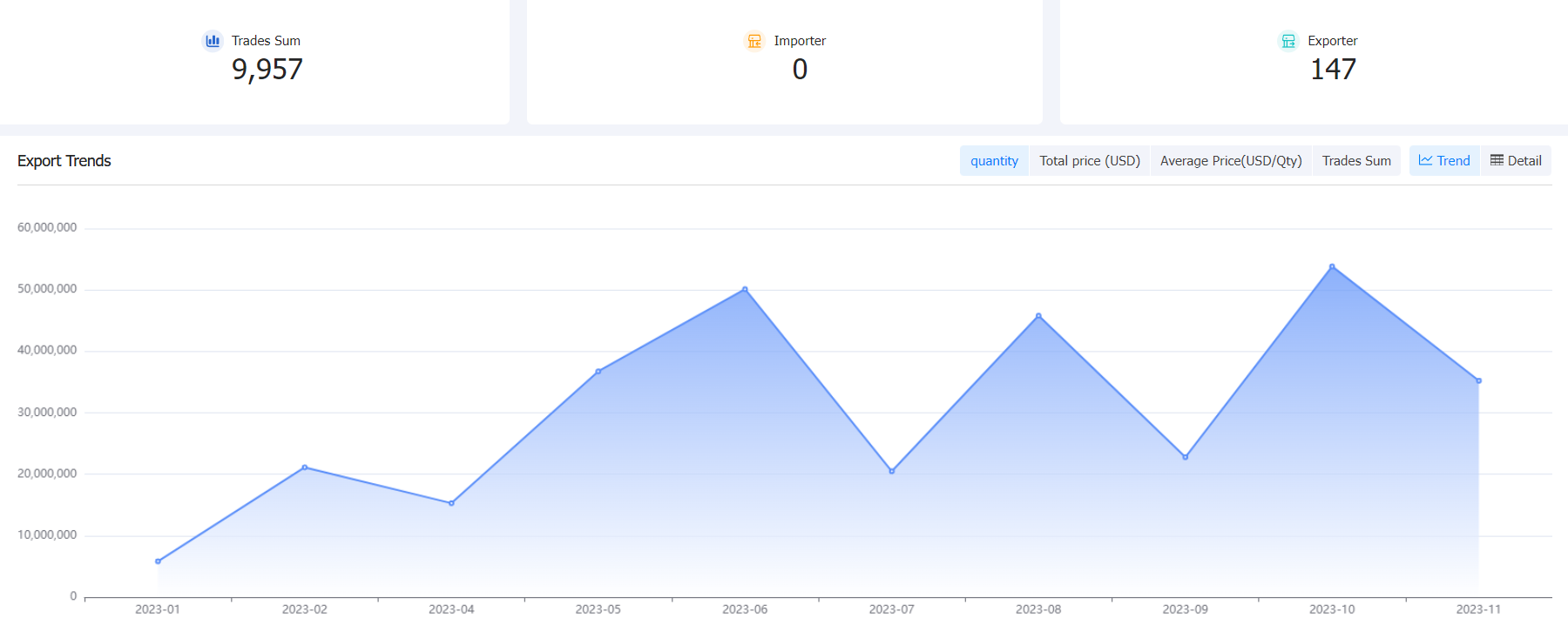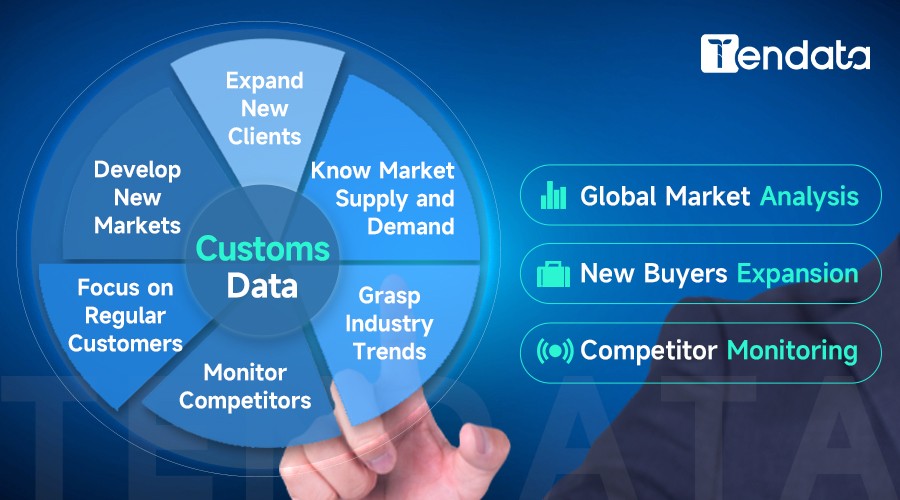 Export News
Export News
 09-01-2024
09-01-2024
Beef, wool, hides, wheat, soybeans—these commodities undeniably play a central role in Argentina's history. Argentina, often depicted as the world's granary and butcher, with its vast farms and ranches, the land where the legendary gauchos once roamed, has long been a cliché about this nation.
Argentina's exports constitute a part of the longstanding history of argentina exports and commodity exchange. Its origins can be traced back to the colonial period with a silver-oriented economy when much of Argentina focused on supplying raw materials for the mines in the central Andes or channeling silver bars across the Atlantic.
Upon gaining independence from Spanish rule, the livestock export economy became even more prominent. Based in the coastal plains extending from major port cities to the Buenos Aires Province (the iconic Pampas grasslands in popular imagination), the types of livestock products produced included hides, tallow, suet, salted meat, and wool. However, these raw materials were coveted by the advanced manufacturing industries of Britain, Scandinavia, and the United States. Their higher mechanization and mass production created a demand for imported goods such as animal hides, now transformed into argentina exports like leather shoes on an unimaginable scale. Similar progress turned Argentina's coastal region's unwashed coarse wool into factory-made carpets, fine-spun wool garments, blankets, and other textiles, providing warmth for residents in cold climates. Unusual argentina exports like horsehair served as stuffing for exquisite furniture, while animal bones were transformed into handles, vessels, buttons, and more. Even the fat of wild animals grazing on the Argentine plains entered modern life in the form of synthetic soap, serving as a symbol of civilization despite its eerie origin.
Argentina Exports in 2023
Argentina is grappling with the aftermath of severe drought, rising temperatures, and scarce rainfall, reducing crop productivity. Additionally, due to high humidity and a lack of water reserves, 900,000 hectares of soybeans and wheat were left unplanted.
As an argentina exports-oriented agricultural sector, the country suffered a 40% crop loss in the first quarter of 2023. Furthermore, the United States Department of Agriculture announced that Argentina is no longer among the top three global soybean-exporting countries, as the country's soybean production dropped by 8 million tons.
Facing a crisis with an inflation rate as high as 103%, Argentina encounters complexities in achieving financial stability and fulfilling international commitments.
When seeking further insights into Argentina's argentina exports situation, specific product keywords can be entered into customs data platforms to explore their market trends. For example, looking at Tendata's customs data platform, the market trend for Argentina's soybean argentina exports in 2023 is:

>>>Click to Get Free Access to Customs Data from 80+ Countries<<<
Is Free Customs Data Useful?
Currently, customs data in the market is divided into two categories: paid and free. According to Tendata's knowledge, many customs data companies claim to have developed a free customs data system. However, the core intention is to attract traffic for secondary marketing and profit.

Shanghai Tendata iTrader provides detailed customs data inquiries from 80+ countries, (>>>Click to Use Data Analytics for Free Online) statistical data inquiries from 27 EU countries, millions of genuine and accurate purchaser information, and detailed information on successful client bill of ladings. With its system capable of generating 17 types of market data analysis reports with a single click, Tendata iTrader assists management in making informed decisions effortlessly.
Category
Leave Message for Demo Request or Questions


 T-info
T-info T-discovery
T-discovery

 My
Tendata
My
Tendata Market Analysis
Market Analysis Customer
Development
Customer
Development Competitor
Monitoring
Competitor
Monitoring Customer Relationship
Customer Relationship





































































































































